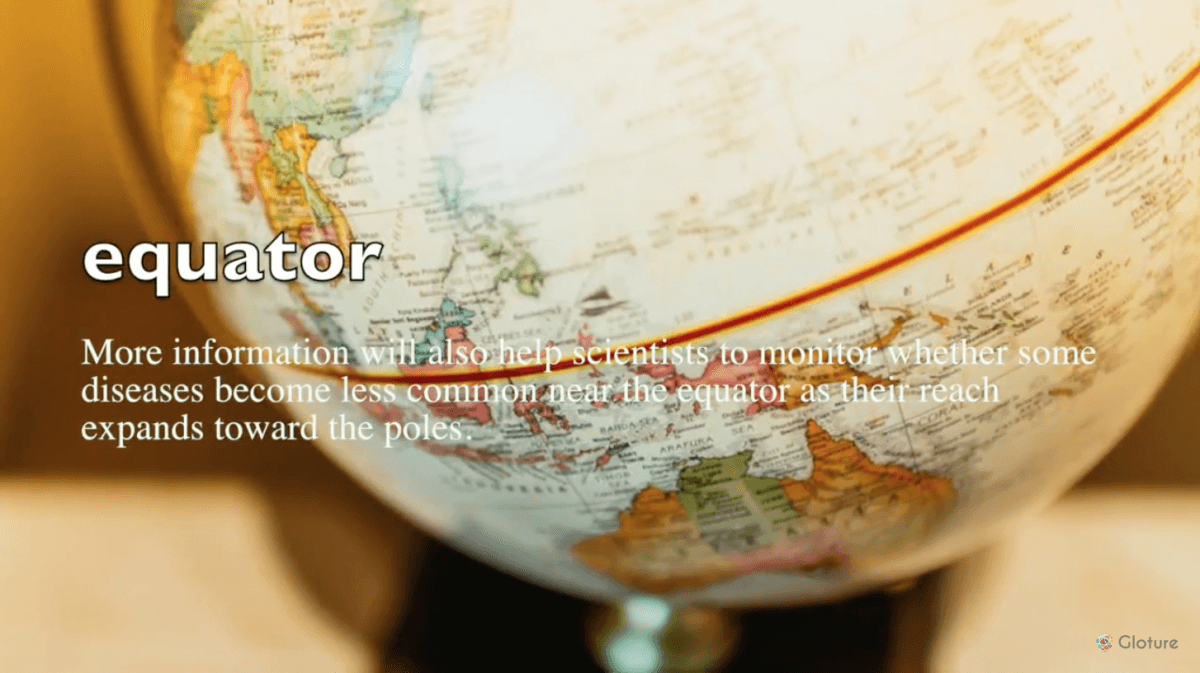Potash (the old name for potassium carbonate) is one of the two alkalis (the other being soda,sodium carbonate) that were used from remote antiquity in the making of glass, and from the early Middle Ages in the making of soap: the former being the product of heating a mixture of alkali and sand, the latter a product of alkali and vegetable oil. Their importance in the communities of colonial NorthAmerica need hardly be stressed.
Potash and soda are not interchangeable for all purposes, but for glass- or soap-making either would do. Soda was obtained largely from the ashes of certain Mediterranean sea plants, potash from those of inland vegetation. Hence potash was more familiar to the early European settlers of the North American continent.
The settlement at Jamestown in Virginia was in many ways a microcosm of the economy of colonial North America, and potash was one of its first concerns. It was required for the glassworks, the first factory in the British colonies, and was produced in sufficient quantity to permit the inclusion of potash in the first cargo shipped out of Jamestown. The second ship to arrive in the settlement from England included among its passengers experts in potash making.
The method of making potash was simple enough. Logs was piled up and burned in the open, and the ashes collected. The ashes were placed in a barrel with holes in the bottom, and water was poured over them. The solution draining from the barrel was boiled down in iron kettles. The resulting mass was further heated to fuse the mass into what was called potash.
In North America, potash making quickly became an adjunct to the clearing of land for agriculture, for it was estimated that as much as half the cost of clearing land could be recovered by the sale of potash. Some potash was exported from Maine and New Hampshire in the seventeenth century, but the market turned out to be mainly domestic, consisting mostly of shipments from the northern to the southern colonies. For despite the beginning of the trade at Jamestown and such encouragements as a series of acts “to encourage the making of potash,” beginning in 1707 in South Carolina, the softwoods in the South proved to be poor sources of the substance.
Questions:
1. What aspect of potash does the passage mainly discuss?
(A) How it was made
(B) Its value as a product for export
(C) How it differs from other alkalis
(D) Its importance in colonial NorthAmerica
2.All of the following statements are true of both potash and soda EXPECT:
(A) They are alkalis.
(B) They are made from sea plants.
(C) They are used in making soap.
(D) They are used in making glass.
3. They phrase “the latter” in line 4 refers to
(A) alkali
(B) glass
(C) sand
(D) soap
4. The word “stressed” in line 6 is closest in meaning to
(A) defined
(B) emphasized
(C) adjusted
(D) mentioned
5. The word “interchangeable” in line 7 is closest in meaning to
(A) convenient
(B) identifiable
(C) equivalent
(D) advantageous
6. It can be inferred from the passage that potash was more common than soda in colonial North America because
(A) the materials needed for making soda were not readily available
(B) making potash required less time than making soda
(C) potash was better than soda for making glass and soap
(D) the colonial glassworks found soda more difficult to use
7.According to paragraph 4, all of the following were needed for making potash EXCEPT
(A) wood
(B) fire
(C) sand
(D) water
8. The word “adjunct” in line 22 is closest in meaning to
(A) addition
(B) answer
(C) problem
(D) possibility
9.According to the passage , a major benefit of making potash was that
(A) it could be exported to Europe in exchange for other goods
(B) it helped finance the creation of farms
(C) it could be made with a variety of materials
(D) stimulated the development of new ways of glassmaking
10. According to paragraph 5, the softwoods in the South posed which of the following problems for southern settles?
(A) The softwoods were not very plentiful.
(B) The softwoods could not be used to build houses.
(C) The softwoods were not very marketable.
(D) The softwoods were not very useful for making potash.
Answers:
DBDBC ACABD
TOEFL Reading Practice Online | Q&A 005









